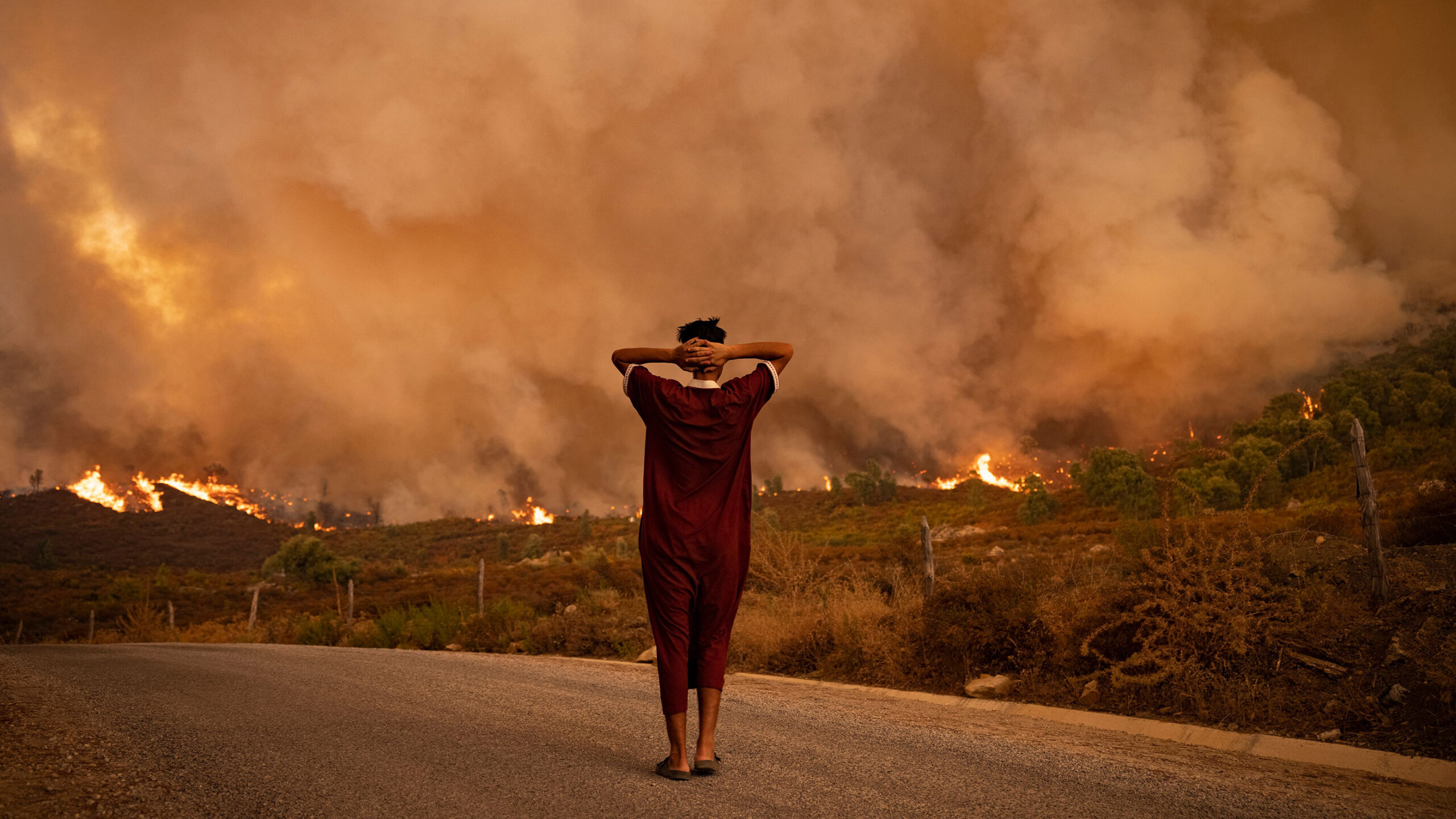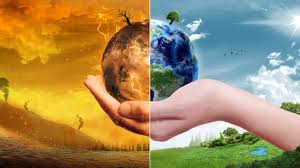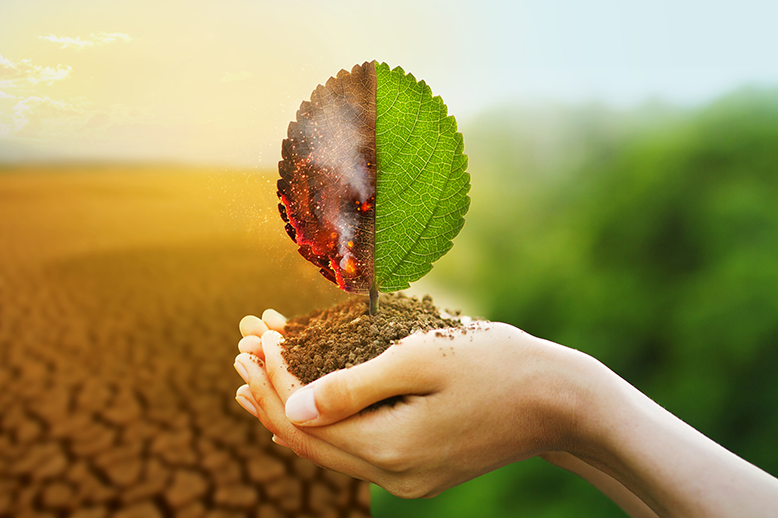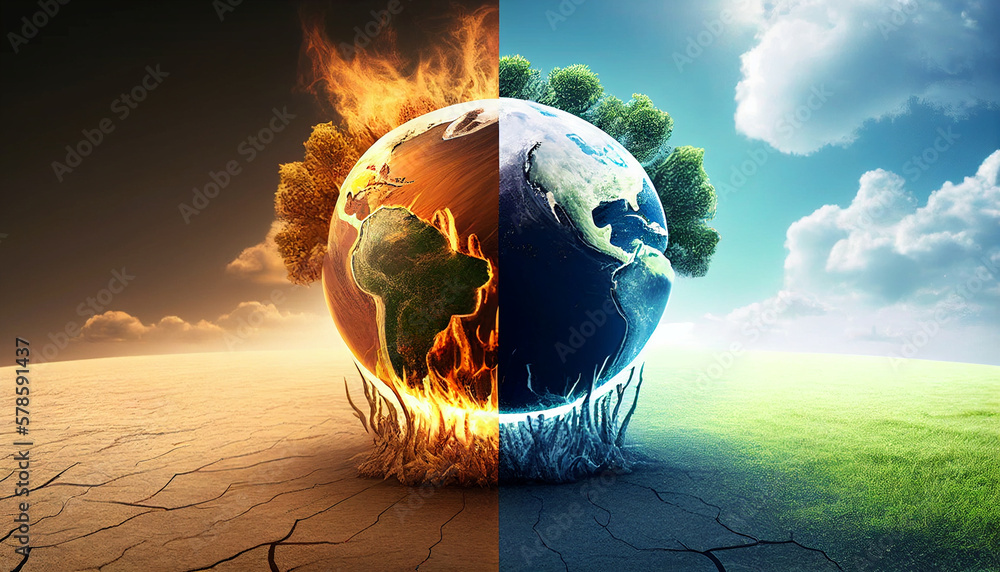Understanding the Global Warming Effects: Impact on Weather, Wildlife, and Communities

What is Global Warming?
Since the Industrial Revolution, the global annual temperature has risen by over 1 degree Celsius (about 2 degrees Fahrenheit). From 1880 to 1980, the average increase was 0.07 degrees Celsius (0.13 degrees Fahrenheit) per decade. Since 1981, the rate of increase has more than doubled to 0.18 degrees Celsius (0.32 degrees Fahrenheit) per decade. This has resulted in the planet being hotter than ever before, with nine of the ten warmest years on record occurring since 2005, and the five warmest years all happening since 2015. Claims of a “pause” in global warming have been debunked by multiple studies, including one in 2018 published in Environmental Research Letters.
To prevent the catastrophic effects of global warming, scientists recommend limiting the temperature increase to 1.5 degrees Celsius by 2040. Failure to do so could lead to severe consequences, such as extreme droughts, wildfires, floods, and tropical storms, disproportionately affecting underprivileged and economically marginalized communities.

What Causes Global Warming?
Global warming is caused by the accumulation of carbon dioxide (CO2) and other pollutants in the atmosphere, which trap heat and prevent it from escaping into space. These pollutants, known as greenhouse gases, include carbon dioxide, methane, nitrous oxide, water vapor, and synthetic fluorinated gases. Human activities, particularly the burning of fossil fuels like coal, oil, and natural gas, are the primary source of these emissions.
In the United States, the largest sources of greenhouse gases are transportation (29%), electricity production (28%), and industrial activities (22%). Reducing emissions significantly and transitioning to renewable energy sources are crucial to combating climate change.

How is Global Warming Linked to Extreme Weather?
Rising global temperatures are leading to longer and more intense heatwaves, frequent droughts, heavier rainfall, and stronger hurricanes. For example, the 2015 drought in California was intensified by global warming, and similar future droughts have become twice as likely. Warmer ocean temperatures also fuel more powerful tropical storms, increasing the frequency and intensity of hurricanes.
In 2020, the Atlantic hurricane season saw a record 30 tropical storms, including six major hurricanes. The increasing severity of these storms leads to higher damage and fatalities, as seen in the unprecedented $300 billion in damage and over 3,300 deaths caused by 2017’s hurricanes Harvey, Irma, and Maria.

What are the Other Effects of Global Warming?
Global warming has widespread and severe consequences. It causes more frequent and intense heatwaves, droughts, and floods, leading to increased mortality and displacement. Scientists warn that if emissions are not reduced, climate change could cause over 250,000 deaths annually and force 100 million people into poverty by 2030.
In the U.S., consequences include disappearing glaciers, severe droughts, rising sea levels causing coastal flooding, increased pest infestations, damage to agriculture and fisheries, and disruptions to ecosystems. These impacts exacerbate health issues like allergies, asthma, and disease outbreaks.

Where Does the United States Stand in Terms of Global-Warming Contributors?
China currently leads in global CO2 emissions, accounting for 26% of the total. The U.S. is the second-largest emitter, producing 13% of global CO2 emissions, despite having only 4% of the world’s population. Over the past 150 years, the U.S. has been the largest cumulative emitter, giving it a significant responsibility to lead efforts in reducing global warming.

Is the United States Doing Anything to Prevent Global Warming?
Efforts have begun, but much more is needed. The U.S. rejoined the Paris Climate Agreement under President Biden and committed to reducing emissions. However, past inaction and the need for accelerated efforts mean substantial measures are still required. Local and state governments, along with industry leaders, are making strides in clean energy and efficiency, and the renewable energy sector is growing.

Is Global Warming Too Big a Problem for Me to Help Tackle?
No. Individual actions, combined with large-scale government initiatives, are essential in fighting global warming. Reducing personal carbon footprints through energy conservation, choosing energy-efficient appliances, and using public transportation can make a difference. Advocacy for climate-friendly policies and support for community-led climate action are also vital in building a sustainable future.




